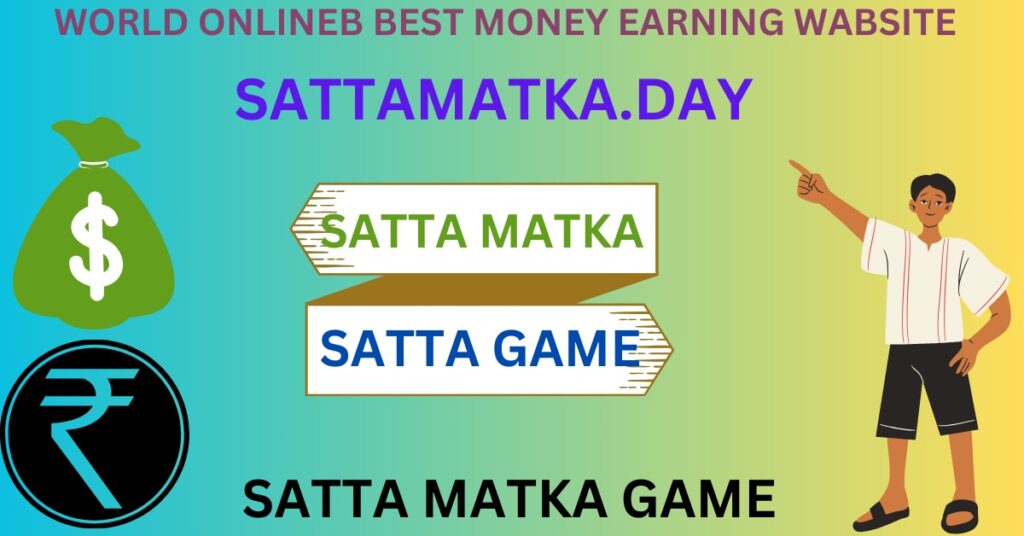Introduction:
Satta Matka, a popular form of gambling that originated in India, has witnessed a remarkable transformation over the years. From its humble beginnings on the streets of Mumbai to the vast online platforms of today, the journey of Satta Matka reflects not only the changing dynamics of the gambling industry but also the impact of technology on traditional practices. In this article, we delve into the history, evolution, and the current state of Satta Matka, tracing its fascinating journey from the streets to online platforms.
Historical Roots:
The roots of Satta Matka can be traced back to the 1960s when it emerged as a form of lottery and betting in Mumbai. Initially, it involved betting on the opening and closing rates of cotton transmitted from the New York Cotton Exchange. The practice gained immense popularity, evolving into a full-fledged gambling phenomenon. The draws were conducted on the streets, with enthusiastic participants placing their bets in the hope of winning substantial amounts.
Transition to Offline Matka Dens:
As the popularity of Satta Matka grew, it transitioned from the streets to organized dens. These dens, run by bookies, became the hubs for Matka enthusiasts to gather, place bets, and witness the draw results. The system of drawing random numbers from a pot (Matka) became a ritual, drawing large crowds seeking their fortunes. However, the underground and unregulated nature of these dens often led to legal issues and a lack of transparency.
Government Crackdown:
The unchecked growth of Satta Matka and its associated criminal activities caught the attention of law enforcement. In the 1990s, the government cracked down on these dens, leading to a decline in the popularity of the traditional form of Satta Matka. The closure of dens forced the game to adapt to changing circumstances.

Digital Era:
Rise of Online Platforms The advent of the internet in the late 20th century brought about a significant shift in the gambling landscape. Satta Matka, too, embraced the digital era. Online platforms emerged as a new avenue for enthusiasts to engage in the game. Websites and mobile apps provided a convenient and accessible platform for players to participate in Satta Matka draws, eliminating the need for physical presence at traditional dens.
Transparency and Regulation:
One of the key advantages of the online transition was the introduction of transparency and regulation. Licensed online platforms ensured fair play, secure transactions, and timely payouts. The shift to online platforms addressed many concerns associated with the traditional, unregulated Matka dens, making the game more acceptable to a broader audience.
Global Reach and Variations:
The move to online platforms not only increased accessibility but also expanded the reach of Satta Matka globally. Enthusiasts from different parts of the world could now participate in the game, leading to the diversification of Satta Matka variations. The traditional forms of the game persisted, but new formats and betting options emerged, catering to a diverse player base.
Conclusion:
The evolution of Satta Matka from its origins on the streets to the online platforms of today reflects the broader trends in the gambling industry. The transition has not only made the game more accessible but has also addressed concerns related to transparency and legality. As technology continues to shape the landscape of gambling, Satta Matka’s journey serves as a fascinating case study of an age-old tradition adapting and thriving in the digital age.